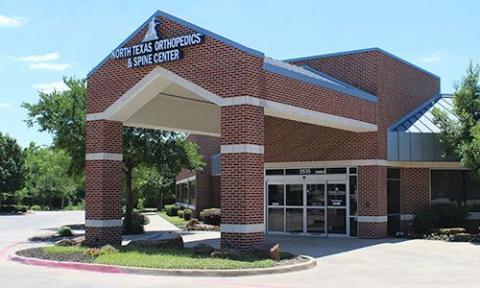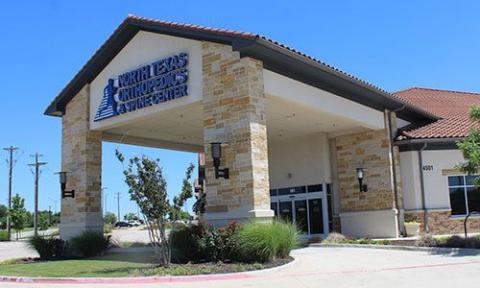Tennis elbow (lateral epicondylitis) is a painful condition of the elbow caused by overuse and aging. Tennis elbow is “wear and tear” of the tendons that join the forearm muscles on the outside of the elbow. These tendons help you bring your wrist and fingers up (extension). The forearm muscles and tendons become damaged from overuse — repeating the same motions again and again. This leads to pain and tenderness on the outside of the elbow.

Anatomy:
Your elbow joint is a joint made up of three bones: your upper arm bone (humerus) and the two bones in your forearm (radius and ulna). There are bony bumps at the bottom of the humerus called epicondyles. The bony bump on the outside (lateral side) of the elbow is called the lateral epicondyle.
The muscle and tendon that is usually involved in tennis elbow is called the extensor carpi radialis brevis (ECRB).
Lateral epicondylitis, or tennis elbow, involves the muscles and tendons of your forearm that help you extend your wrist and fingers. Your forearm tendons — often called extensors — attach the muscles to the lateral epicondyle.
Cause:
| Overuse | When the ECRB is weakened from overuse, microscopic tears form in the tendon where it attaches to the lateral epicondyle. This leads to degeneration and pain. |
| Activities | Participation in recreational activities or working in a more physically demanding job can lead to repetitive damage to the forearm muscle. |
| Age | Tennis elbow occurs most commonly in ages 35-60, however, anyone can get tennis elbow. |
| Unknown | Without evidence of overuse, activities, and age, tennis elbow can have an unknown cause. |
Treatment:
Nonsurgical Treatment
Approximately 95% of patients have success with nonsurgical treatment. These treatments include:
Surgical Treatment
Because of the success of advanced, noninvasive treatments, I do not operate on tennis elbow nearly as often as I used to. However, if symptoms do not respond after 12 months of nonsurgical treatments, surgery remains an option for you. This involves making an incision over the inside of the elbow, removing the diseased tendon, and repairing the other portions of the healthy tendon. This is an outpatient surgery that allows you to go home the same day. After surgery, exercises are started to stretch the elbow and restore flexibility. Gradual strengthening exercises are started about 6 weeks after surgery.
See why our patients love our physicians, quality of care, and amazing results.
*Based on Independent Market Research


© 2024, North Texas Orthopedics & Spine CENTER. All rights reserved.